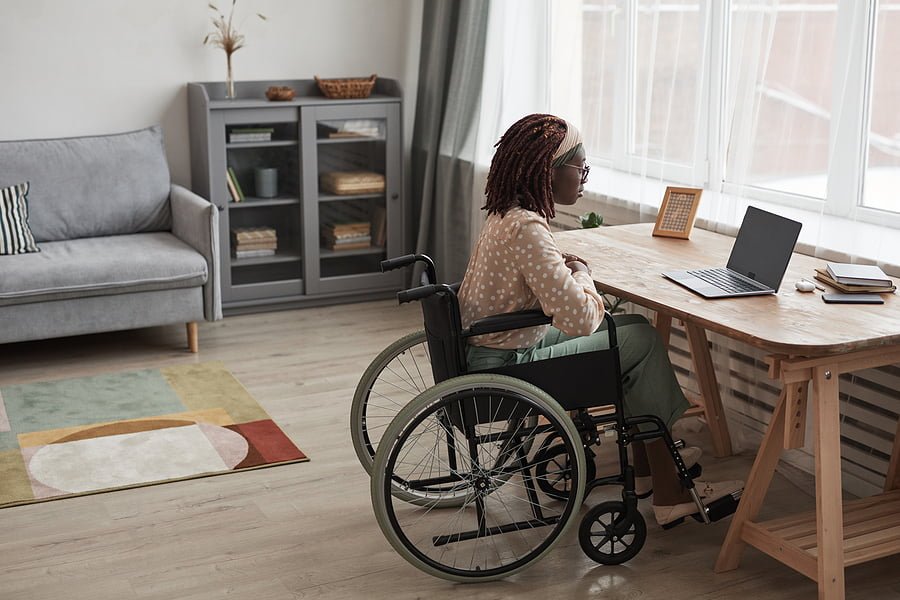
Call For More Wheelchair Accessible Homes On Brighton Council Development
A plan to build 200 council homes on the site of a former school in Brighton has been approved, amid calls for the number of fully-wheelchair accessible houses to be increased. The £70 million project is set to be built at Moulsecoomb, subject to final planning approval, The Argus reports.
Some of the funding has been provided by the Department for Levelling Up, Housing and Communities, and Brighton and Hove City Council is also expected to apply for funding from the Homes England Affordable Homes Programme. However, councillors raised questions about the accessibility of the housing scheme.
In particular, 15 fully wheelchair-accessible properties have been planned for the scheme, but this doesn’t meet the best practice target of 10% of all new homes to be built to these adaptability standards, falling six short. The council have blamed the shortfall on the constraints of the site, but promised to review the floor plans further.
Labour councillor Gill Williams said: “When we arrive at what rent we are going to have to charge, could we explain that? And when we look at how many social rents are available in this development, (could we explain) how we come to that – and why can’t we provide more at social rents?”
“It has been raised with me that apparently we’re supposed to supply 10 per cent of wheelchair-accessible homes and, as it looks now, it seems there are 15 (instead of 21). Are we looking towards providing 10 per cent of accessible homes?”
Age UK estimates that there are 6.5 million older people with mobility problems in the UK, and a total of 13.9 million people with disabilities. There is a growing political consensus that all new homes should be built to minimum accessibility standards, to avoid a generation of older people becoming trapped in unsuitable housing.
Despite this, Habinteg reports that some developers are still hostile to adapting their schemes to create housing fit for all types of user. They are reluctant to include even simple measures such as a downstairs WC suitable for conversion into a wet room, or stairs designed to accommodate a stair lift, known as a Category 2 standard.
While 10% of all new homes built using Affordable Homes Programme funding must be accessible, Age UK and Habinteg are calling for 10% of all new homes, however they are funded, to be built to accommodate wheelchair users. Only 7% of current housing stock is currently suitable for people with limited mobility, these organisations claim.
The overwhelming majority of people would rather remain in their homes than live in
Client: Concept Mobility
specialist accommodation. For this reason, many older people remain in homes that are unsuitable for their needs, and this increases their risk of falls and accidents. For most people, remaining safe and independent at home as they age is a major priority.
The government launched a consultation on raising accessibility standards for all new homes and the surrounding neighbourhoods in September 2020, but so far, the response has not been published.
If you need accessible kitchens in Reading, talk to us today.

